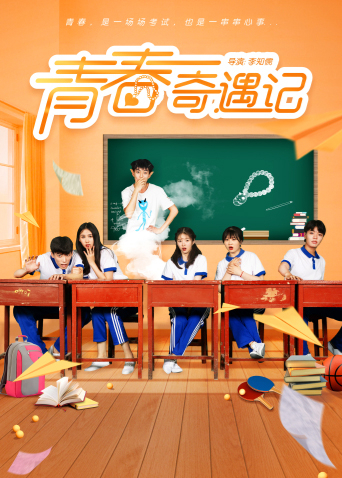 后弦
后弦
发表于3分钟前回复 :"The Witch Burnt Alive"After a very long, but visually arresting animated opening credits sequence, Luchino Visconti (Death in Venice) directs the first story, which is the longest of the five, taking approximately a third of the film's running length. Mangano plays a superstar actress and model who travels to a mountain resort, only to find the well-to-do inhabitants have prejudices and preconceived notions about her based on her public persona. The women are all jealous and the men all want to sleep with her, but all Mangano wants is to be left alone. It's a mostly somber satirical piece, but story-wise, it languishes in its modest idea a bit long, becoming inconsequential to all but those fascinated by the realities of being famous."Community Spirit"Bolognini's piece isn't really a story. It's more of a visual gag, in a short segment that features Mangano offering to take an injured man to a hospital, driving him at breakneck speed throughout the city, but not stopping at locations where he might find aid. I won't give away the punchline here, but it succeeds in being amusing, even if it's the kind of thing that only is interesting the first time through."The Earth Seen from the Moon"The esteemed writer/director, Pier Paolo Pasolini (Salo), crafts the middle segment, which is the most artistic and memorable of the five. Reminiscent in style to "Don Quixote", a recently widowed father and his son travel around the country in search of a new wife and mother, and after a long period, they discover the literally speechless Mangano. She brings joy into their lives, but they are poor, and in order to find a better life for themselves, they concoct a scheme to try to make some quick cash. The story is contrived, and not completely interesting, but the outlandish performances, artwork, and costumes does evoke great charm and likeability. Although mute, it's probably the most appealing of Mangano's five performances, and Toto is terrific."The Sicilian"Franco Rossi directs the fourth an shortest piece, a straight-forward revenge story that comes and goes before it ever has a chance of becoming interesting. It's violent, but easily the least satisfying of the five stories."A Night Like Any Other"Eastwood's appearance is clearly the biggest attraction here, which was filmed in between the Sergio Leone "Dollars" trilogy. It's an enjoyable departure from his normal roles, playing a comedic romantic lead, and he is affably fun to watch. Famed Italian director, Vittorio de Sica (The Bicycle Thief, Umberto D.) does a masterful job with the story, which perfectly blends the mundane and the fantasy in a visually satisfying way. The story is about a bored housewife (Mangano, of course), who tries in vain to get her husband to realize that he is not as romantic as he used to be. The scene is interspersed with comedic romance sequences revolving around the couple's past romantic interludes, and dreams of how their lives should be.
 许孟哲
许孟哲
发表于1分钟前回复 :英文译名《Faith of the Century - A History of Communism》,由帕特里克·罗特曼(Patrick Rotman)和帕特里克·巴伯里斯(Patrick Barberis)执导。片长218分钟。20世纪,供蟾竹艺在世界各大洲传播开来。无以计数的男男女女都受到这个极权政治体系的影响,这是历史上最不公平最XUE腥的政ZHI体系之一。本片利用新发现的宣传片和档案照片,探索了一种意识形态的复杂性,这种意识形态是如何吸引狂热的追随者,并蔓延到全世界的。(简介来自《世界报》)全4集分别为:第1集《Utopia in Power (1917-1928)》见证了列宁的死亡,克格勃的诞生以及斯大林的QUAN力。第2集《The Two Faces of Communism (1929-1939)》包括斯大林的大QING洗,乌克兰的大饥荒和西班牙内ZHAN。第3集《The Peak Years (1940-1953)》包括德国的失败、东欧的接管、朝鲜ZHAN争和冷战。第4集《End Without End (1953-1999)》包括斯大林的死亡和赫鲁晓夫的掌QUAN,东德和匈牙利的起YI,太空竞赛,卡斯特罗接管古巴,越南,柏林墙的倒塌以及XXX。




